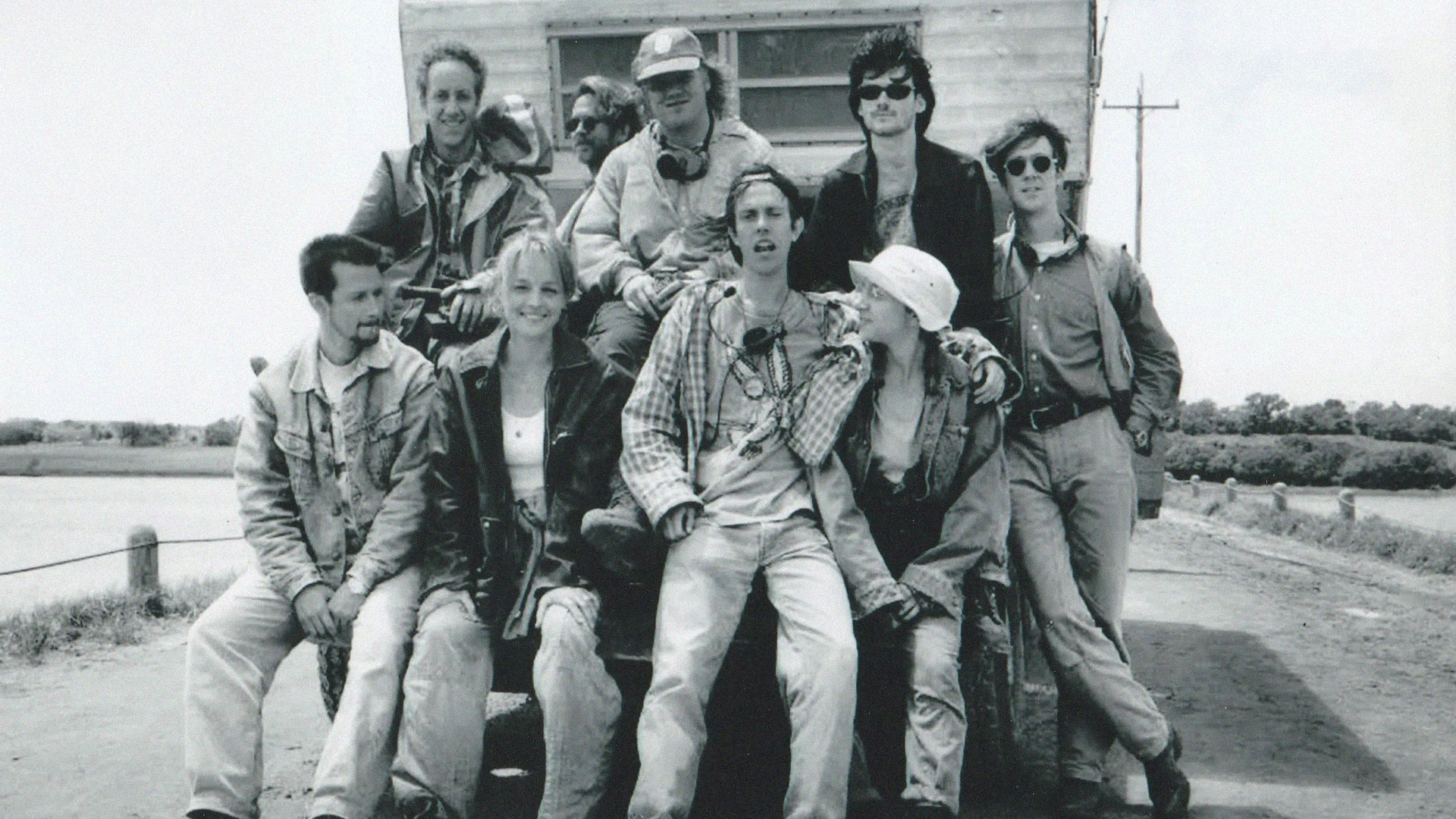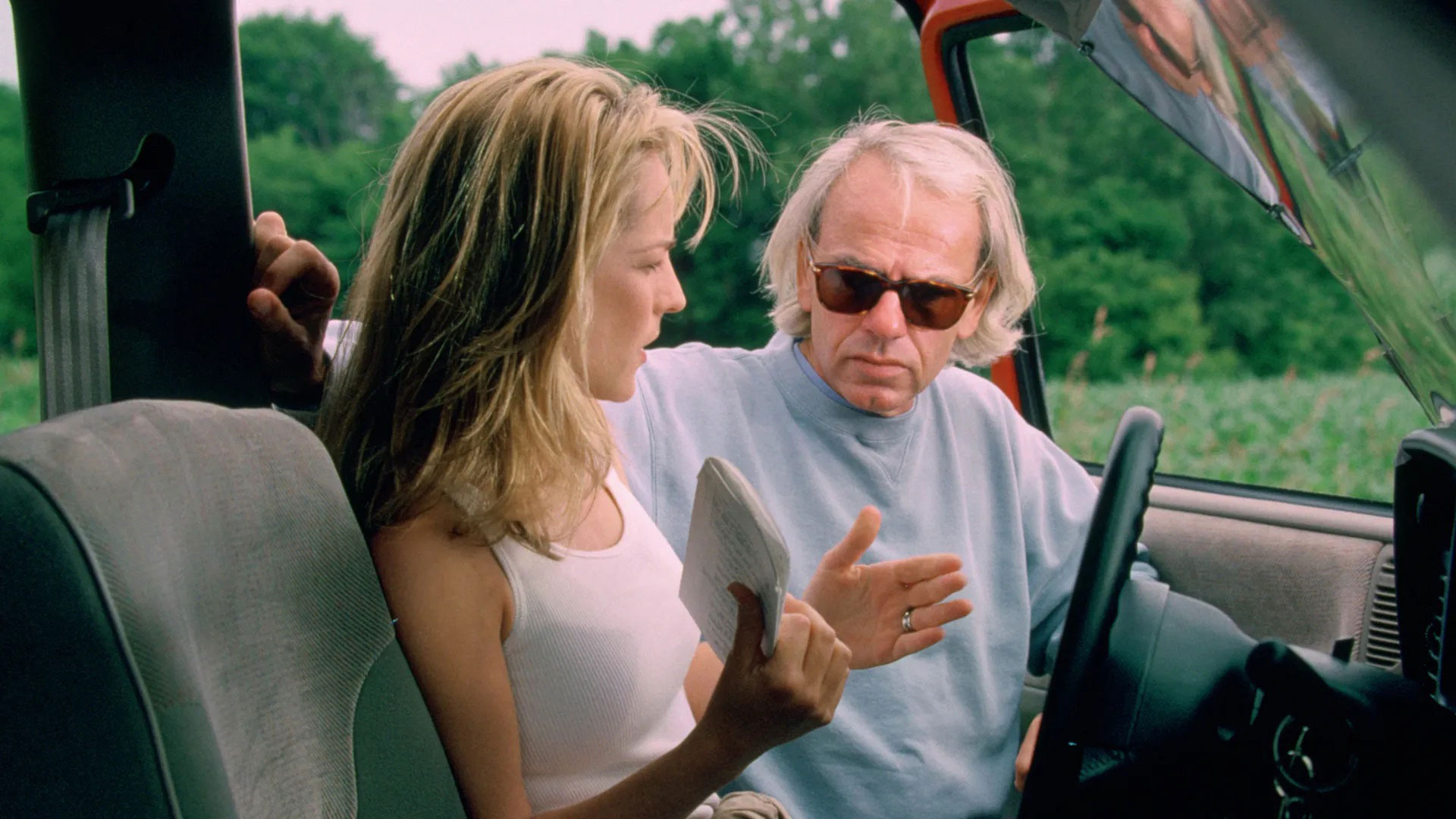Two storm chasers on the brink of divorce must work together to create an advanced tornado warning system by venturing into the heart of the storm. A film by Jan de Bont, starring Helen Hunt, Bill Paxton, Jami Gertz, Cary Elwes, Lois Smith, and Philip Seymour Hoffman.
TWISTER
Jan de Bont
(1996)
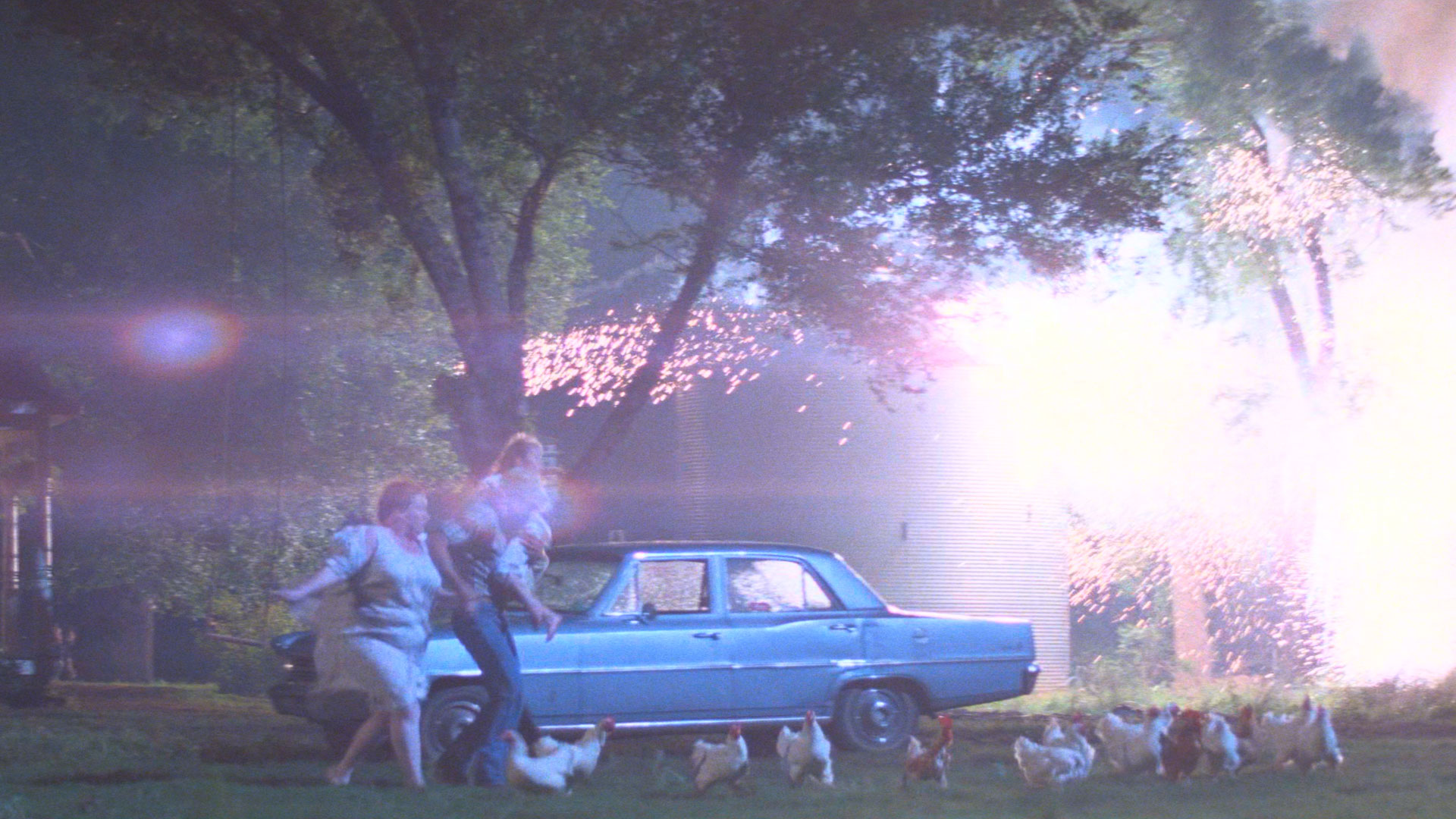
In 1969, an F5 tornado hits the Thornton family farm in Oklahoma, where young Jo (Alexa PenaVega) and her parents reside. Jo’s father (Richard Lineback) carries her and takes her mother (Rusty Schwimmer) to their storm cellar. The tornado destroys their farm and kills Jo’s father as he attempts to secure the cellar door to protect his family.
An F5 tornado is the highest category on the original Fujita scale, which was used to measure tornado intensity prior to 2007. F5 tornadoes are estimated to have had maximum winds between 420-512 km/h. F5 tornadoes cause “incredible damage” such as completely destroying well-built homes and businesses, lifting strong frame houses off their foundations and carrying them considerable distances, and causing severe damage to large steel-framed structures. Since 1950, a total of 59 tornadoes in the United States have been officially rated as F5, the last one occurring on 3 May 1999.
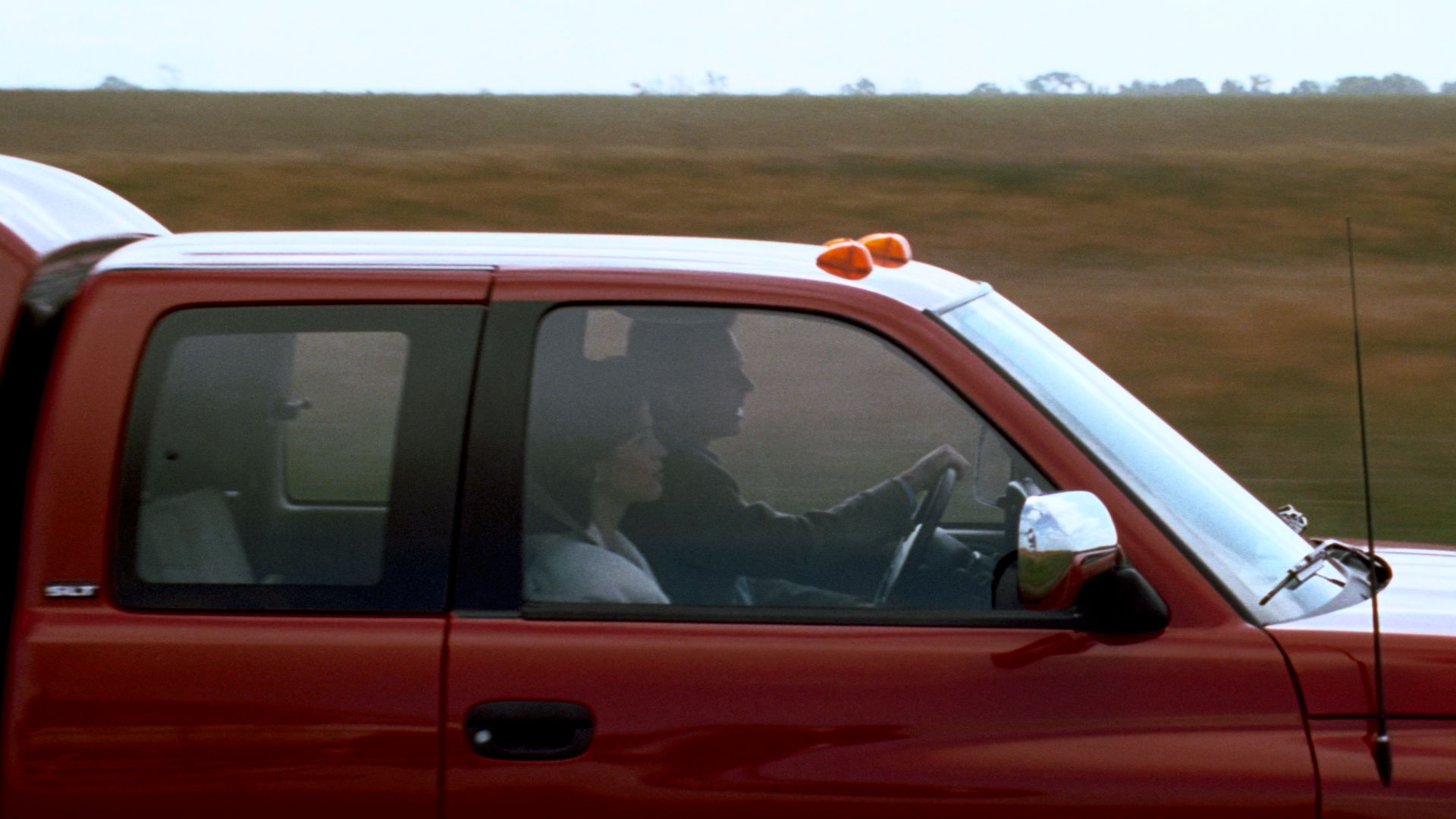
The original Fujita scale, also known as the Fujita–Pearson scale (FPP scale), was a scale for rating tornado intensity based primarily on the damage tornadoes inflict. The scale was introduced in 1971 by Ted Fujita of the University of Chicago, in collaboration with Allen Pearson. The original scale was a theoretical 13-level scale (F0–F12) designed to connect the Beaufort scale and Mach number scale. Only F0–F5 were intended to be used in practice, as this covered all possible levels of damage to frame homes and the expected wind speed ranges. The Fujita scale assigned wind speed ranges to different categories of tornado damage, from F0 (105-137 km/h) to F5 (420-512 km/h).
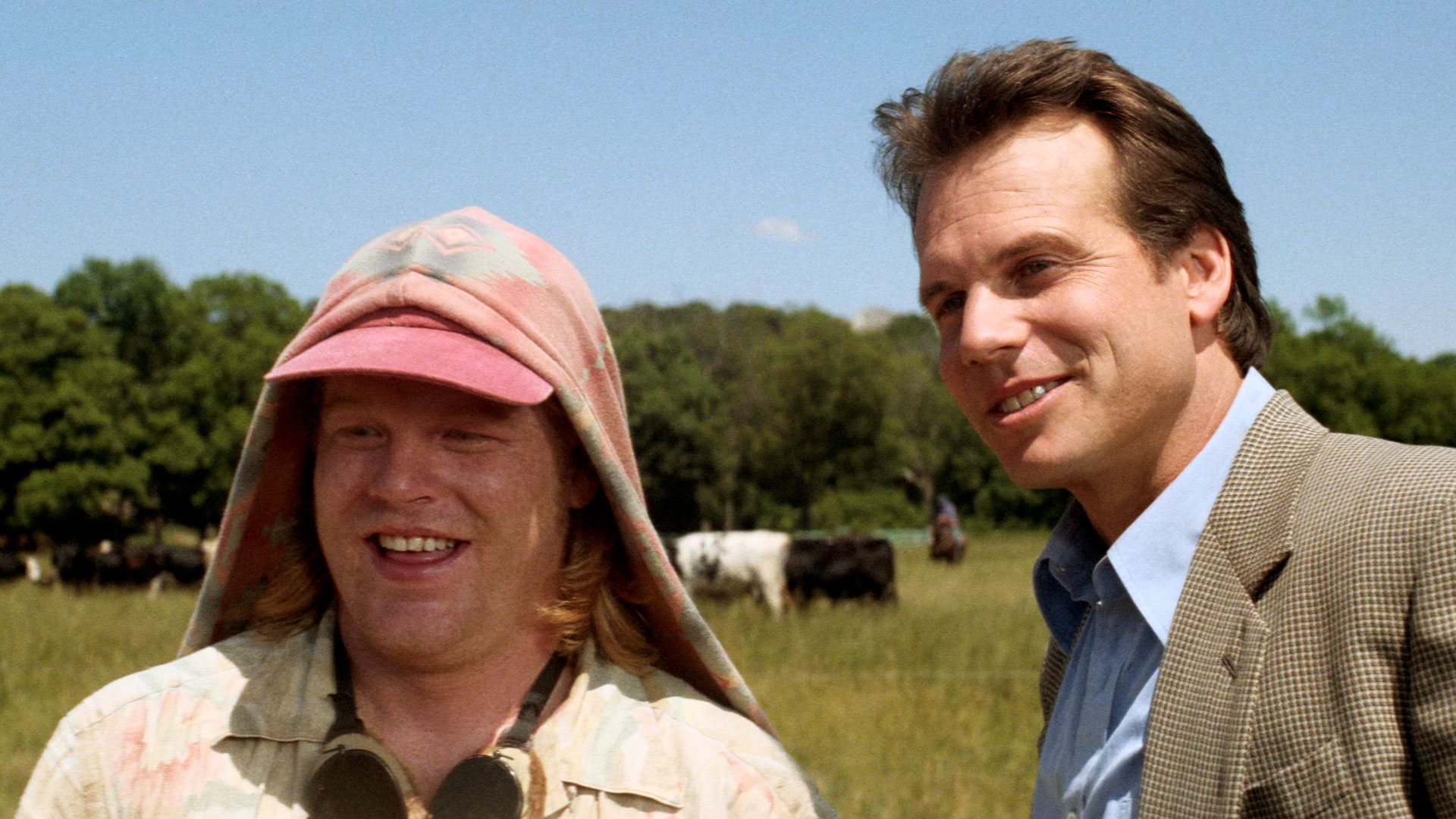
27 years later, Bill Harding (Bill Paxton), a meteorologist and ex-storm chaser, travels to Oklahoma with his fiancée, Melissa Reeves (Jami Gertz), to obtain Jo’s signed divorce papers. Upon arrival, they encounter Dustin “Dusty” Davis (Philip Seymour Hoffman), a former colleague, whom Bill introduces to Melissa before leaving her in his care to speak with Jo.
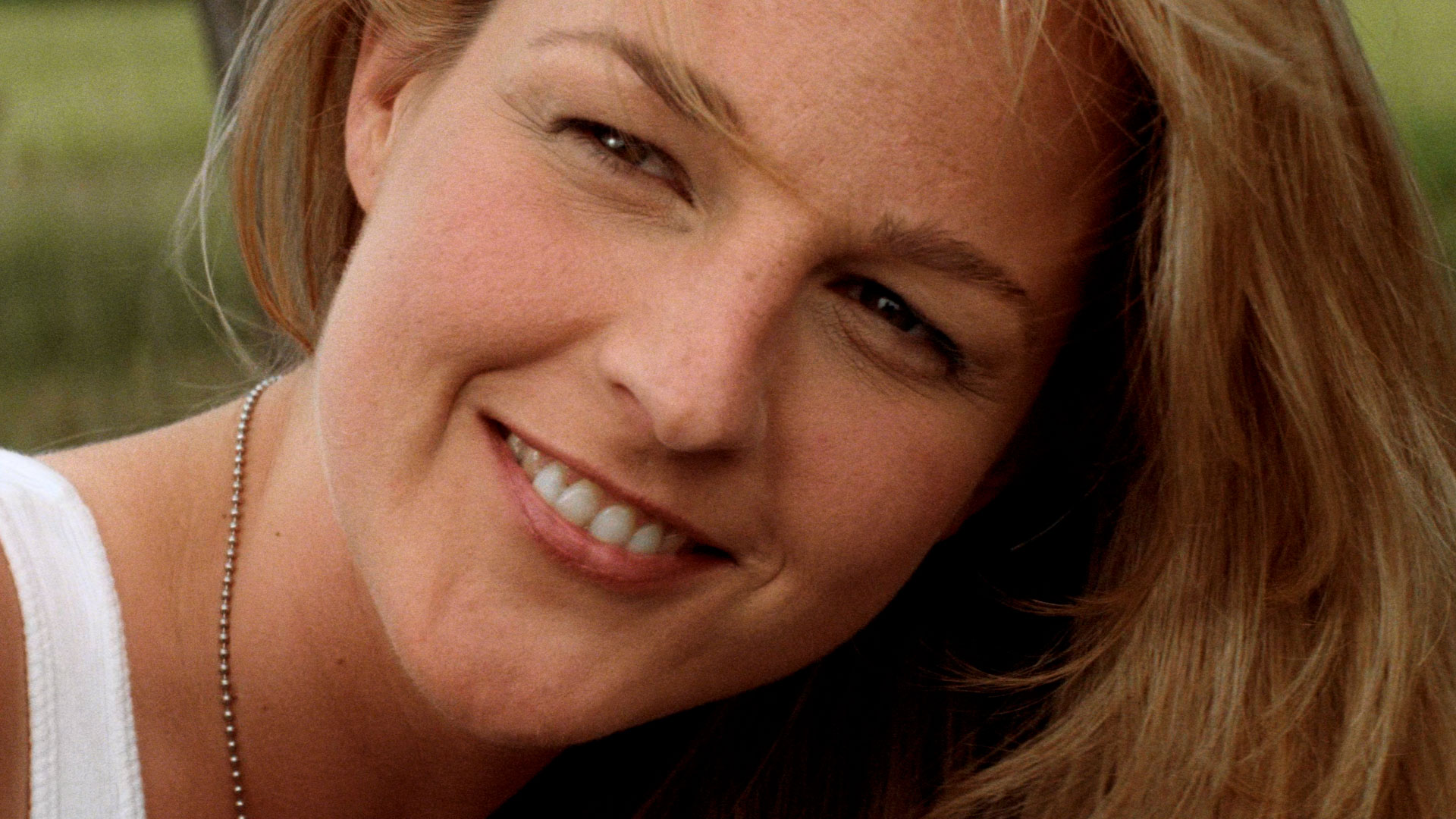
Jo (Helen Hunt) is surprised to see him, feigning ignorance about the urgency of his visit. “They’re all signed and ready,” she assures him, teasing him for his eagerness to get married. She hands him the papers, which Bill skims through only to find a missing page. Jo pretends not to know about it and attempts to read the page herself. Frustrated, Bill recognizes her stalling tactic and hands her his pen, urging her to sign so they can leave. But when she learns Melissa came with Bill, Jo deliberately chooses to ignore the papers and insists on meeting Melissa.
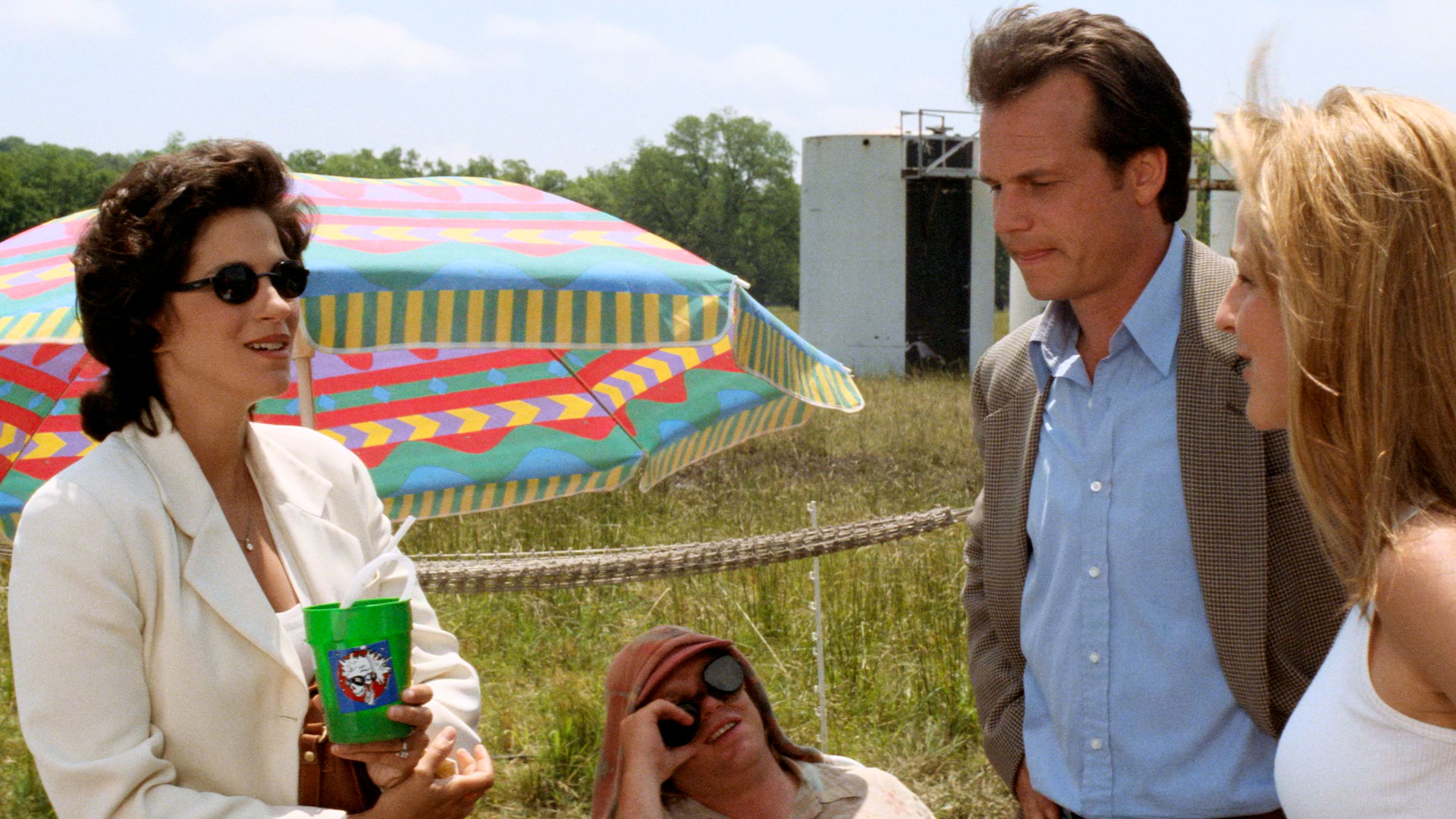
Bill introduces Melissa to Jo, who congratulates Melissa on their upcoming marriage. Melissa explains they wanted to get the paperwork settled before Bill started his new job as a weatherman. Their conversation is cut short when Melissa receives a phone call. As Jo walks away, Melissa signals Bill to get the signed divorce papers.
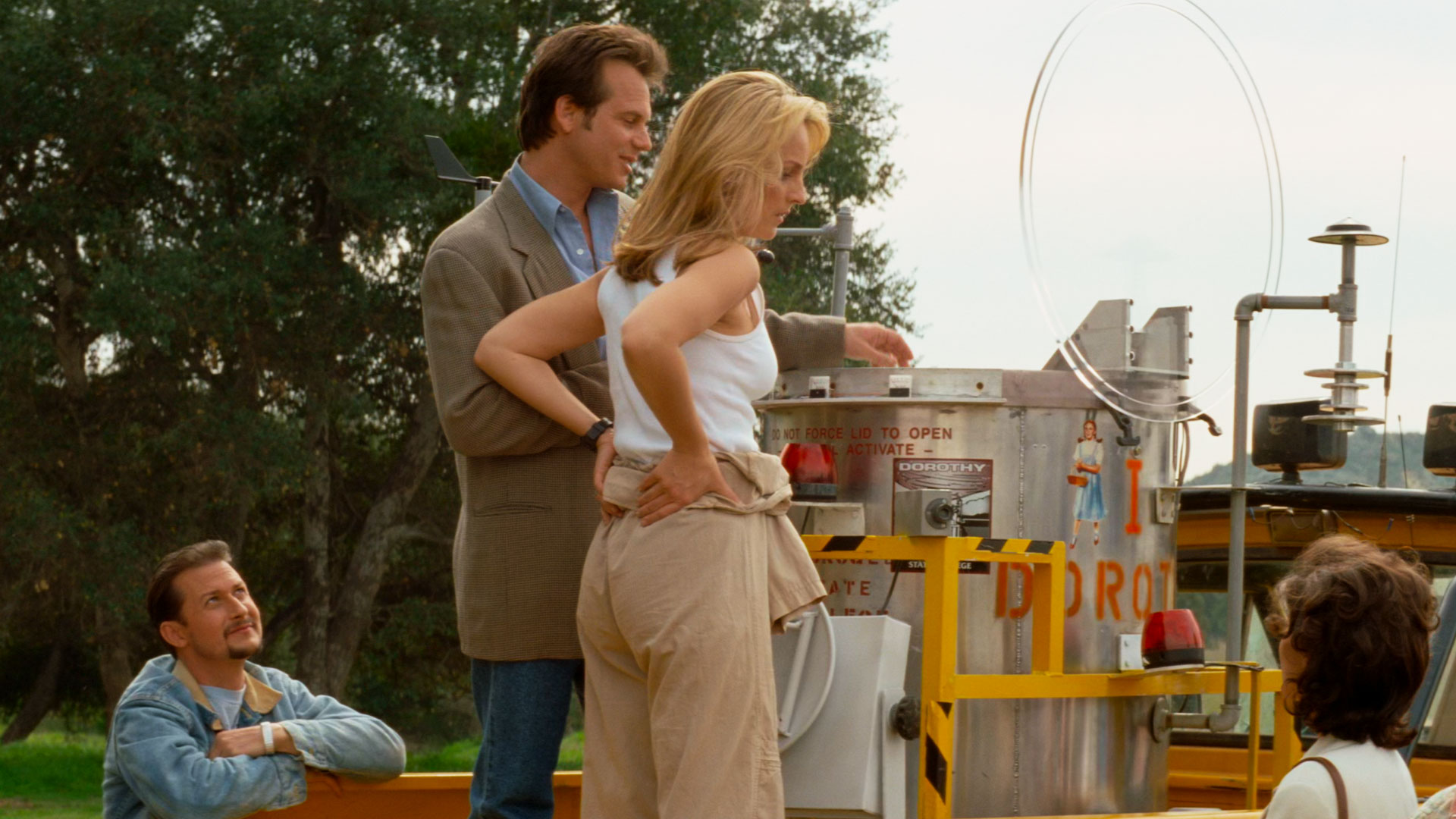
Jo expresses surprise that Bill didn’t come alone as she expected. She then reveals her creation, “Dorothy,” built from Bill’s concept when they were storm chaser teammates. Bill is immediately fascinated by Dorothy, an instrument pack designed to study tornadoes. This barrel-shaped contraption houses hundreds of sensors to gather data on wind speed, funnel structure, and other key characteristics. The purpose of Dorothy is to anchor it inside a tornado and disperse the sensors directly into the funnel, collecting previously inaccessible measurements from within the storm.
The Dorothy device was inspired by a real-life device called the Totable Tornado Observatory (TOTO), created by scientists at the NOAA National Severe Storms Laboratory in the 1970s. TOTO was functionally similar to Dorothy, designed with a barrel shape to release sensors into a tornado, though it was never successfully deployed. The NOAA acted as consultants on Twister to ensure the scientific accuracy of the Dorothy device and other tornado research methods depicted in the film. The playful name “Dorothy” is a reference to the main character in The Wizard of Oz, who gets swept up in a cyclone. This parallels the device’s purpose – to be deployed directly into the heart of a tornado to collect data.
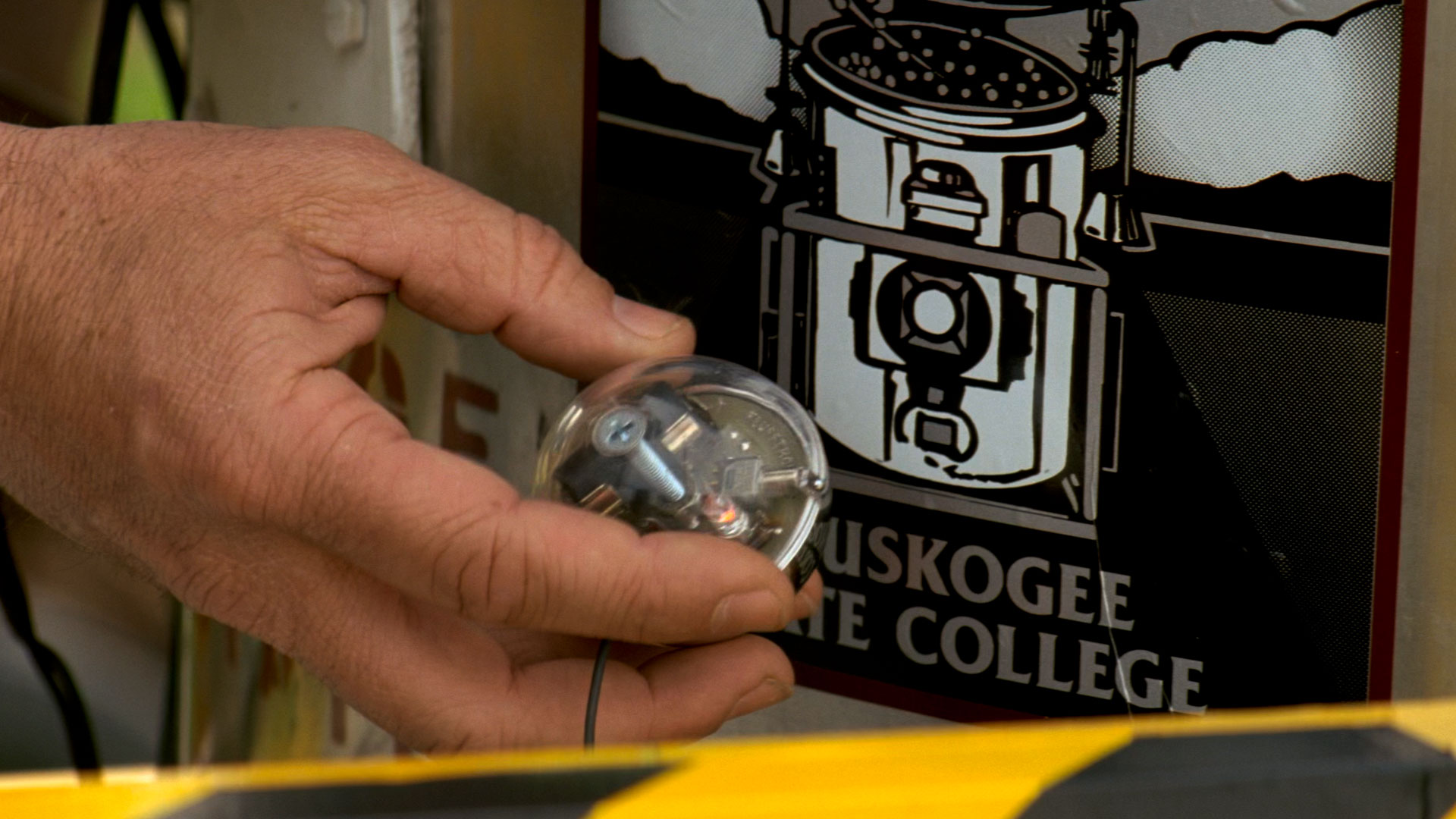
Jo explains that scientists have been studying tornadoes for ages, but the inner workings remain a mystery. No one has ever been able to take direct measurements from inside the funnel. With Dorothy, they hope to change that. In theory, during its 30 seconds within the storm, Dorothy’s sensors can gather more data than scientists have collected in the past 30 years. As they ascend the funnel, the sensors will measure all its parts simultaneously, transmitting real-time information about the internal structure, wind velocities, and airflow patterns. If they can crack how the tornado really works, they could design an advanced warning system, increasing the warning time significantly, giving people a chance to get to safety.
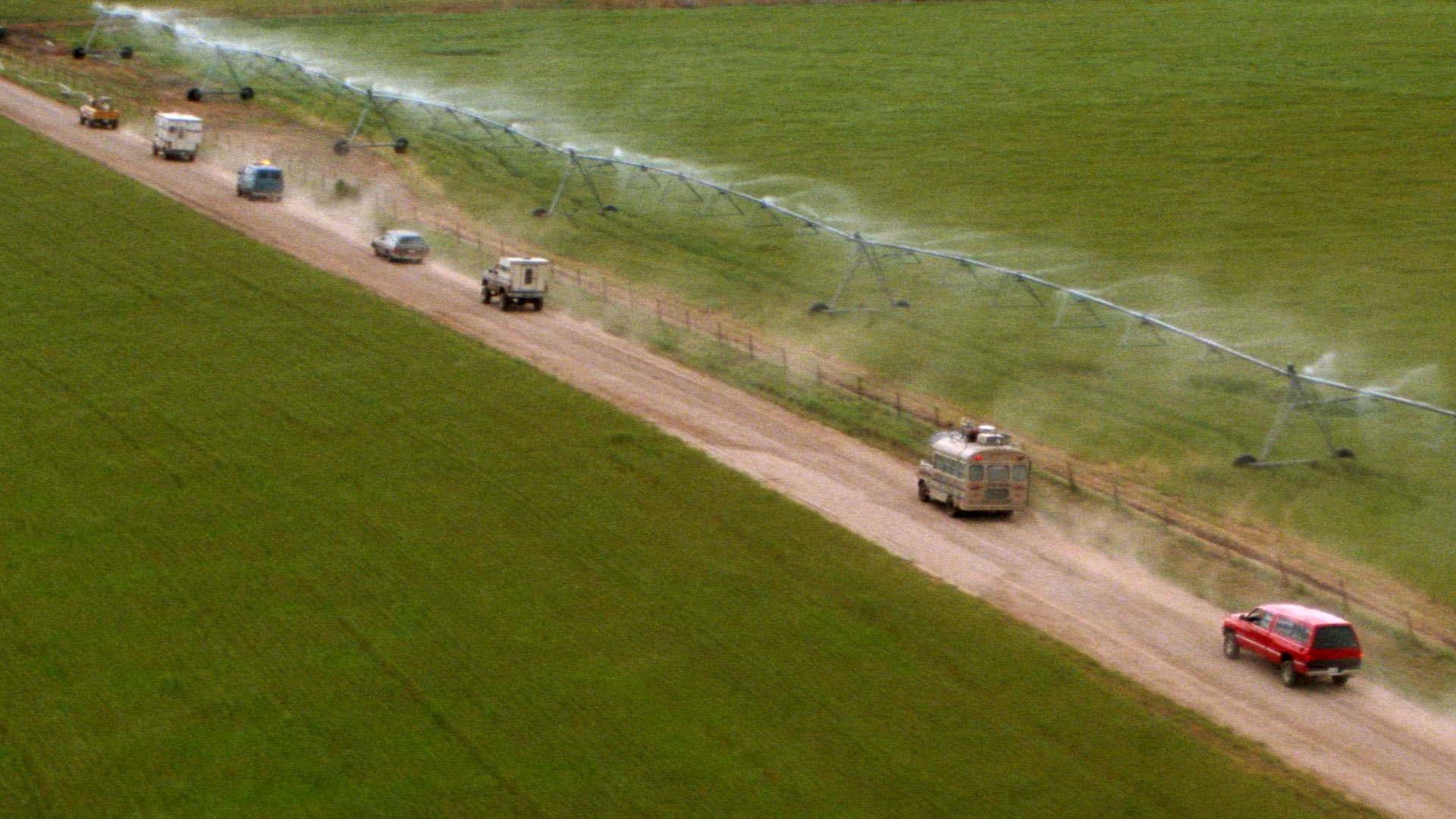
Jo’s team rushes off to chase a developing storm after being notified by the NSSL. It’s the first time Dorothy will be deployed in the real field. Bill and Melissa prepare to take off and return home. Upon realizing that Jo still hasn’t signed a page in the divorce papers, Bill and Melissa are forced to follow Jo’s team to get the signature.
The National Severe Storms Laboratory (NSSL) is a National Oceanic and Atmospheric Administration (NOAA) weather research laboratory under the Office of Oceanic and Atmospheric Research. It is one of seven NOAA Research Laboratories. NSSL studies weather radar, tornadoes, flash floods, lightning, damaging winds, hail, and winter weather out of Norman, Oklahoma, using various techniques and tools in their Hazardous Weather Testbed (HWT). NSSL’s mission is to serve the nation by working to improve the lead time and accuracy of severe weather warnings and forecasts in order to save lives and reduce property damage. NSSL scientists are committed to understanding the causes of severe weather and exploring new ways to use weather information to assist National Weather Service forecasters and federal, university and private sector partners.
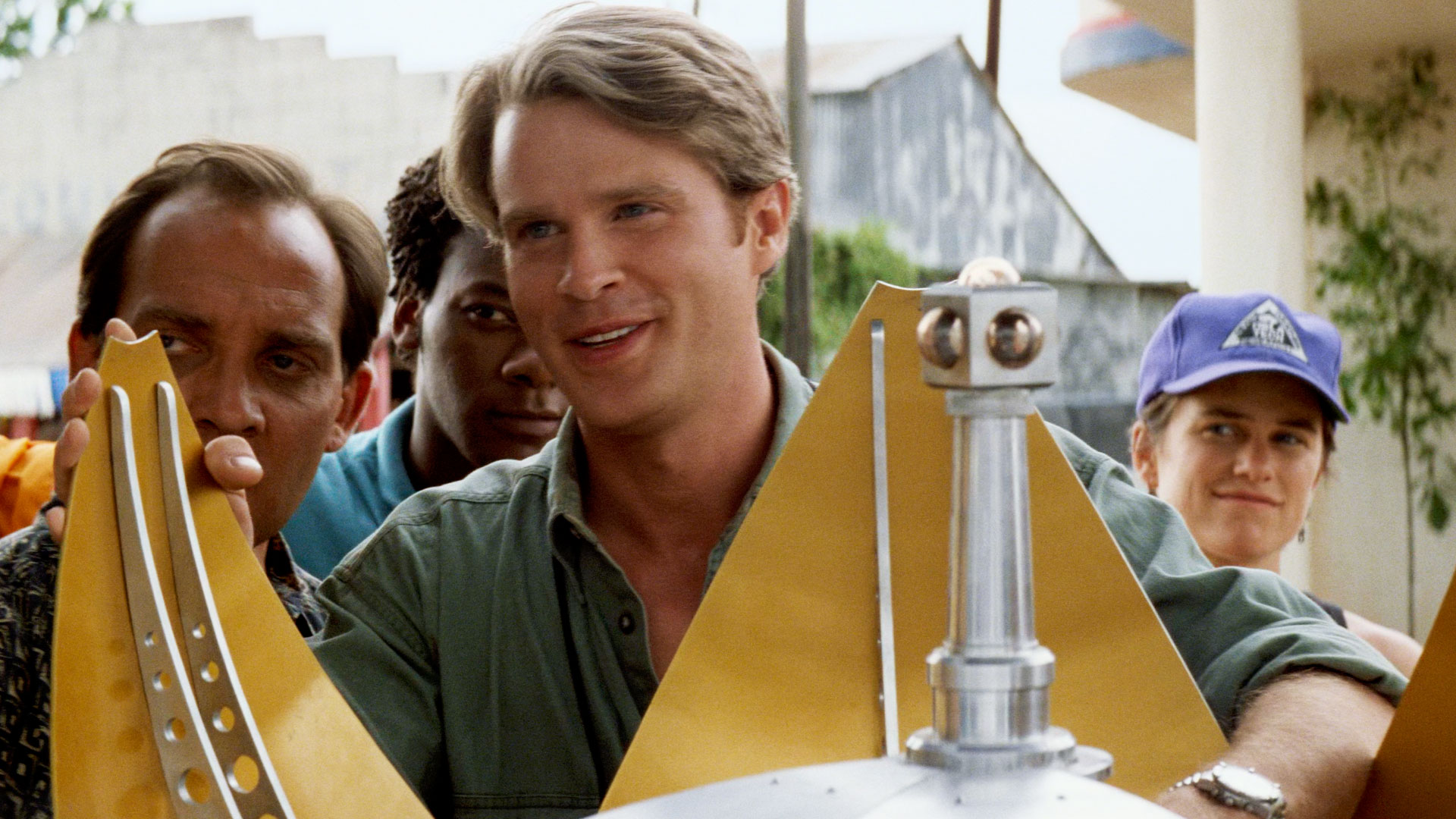
Bill encounters Jonas Miller (Cary Elwes), a rival storm chaser and a former colleague from their time together at the lab. Jonas left the lab and secured corporate sponsors, leading Bill to believe Jonas is in storm chasing for the money, not for pure science. Bill becomes infuriated when he discovers Jonas stole his idea and built D.O.T.3, a device similar to Dorothy. However, Jonas boasts that D.O.T.3 is superior as it has satellite communication, onboard pulse Doppler, and real-time NEXRAD.
A pulse-Doppler is a radar system that determines the range to a target using pulse-timing techniques, and uses the Doppler effect of the returned signal to determine the target object’s velocity. It combines the features of pulse radars and continuous-wave radars.
Bill agrees to assist Jo and the team for one day to help them deploy Dorothy, hoping to do so before Jonas. The film reveals that Bill possesses a unique ability to predict and anticipate the behavior of storms and tornadoes.
Real-time NEXRAD is a system designed to provide near-real-time weather data and products. It detects and processes hazardous and routine weather information, including areas of precipitation, winds, and thunderstorms. This data is essential for forecasting weather and providing accurate weather conditions to determine the best routing for aircraft. The NEXRAD data is collected and redistributed by the National Weather Service (NWS) from radars it operates, as well as some operated by the Federal Aviation Administration (FAA). NEXRAD radars are designed to provide over 100 different long-range and high-altitude weather observations and products.
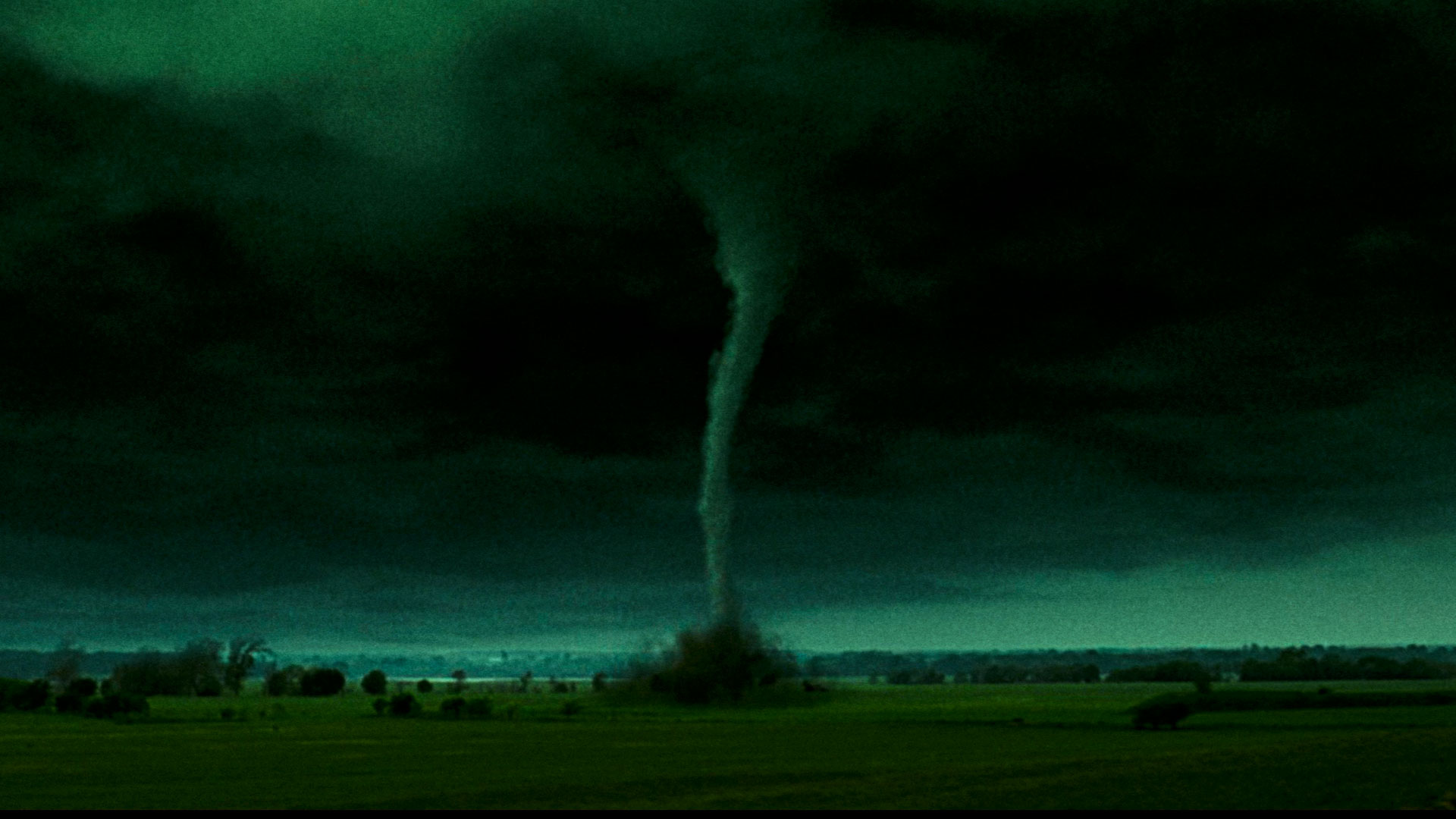
Directed by Dutch filmmaker Jan de Bont from an original screenplay written by Michael Crichton and Anne-Marie Martin, TWISTER is a thrilling ride fueled by compelling characters, a pulse-pounding narrative, and groundbreaking visual effects. Bill Paxton and Helen Hunt deliver iconic performances as Bill and Jo Harding, a divorced storm-chasing couple with a passionate dedication to their research. Their fractured relationship adds a layer of emotional complexity that elevates the film beyond simple spectacle.

TWISTER features an impressive ensemble cast that elevates the film. Philip Seymour Hoffman stands out as the eccentric Dusty, showcasing his impeccable comic timing and delivery. Cary Elwes portrays Dr. Jonas Miller, the corporate-backed rival scientist, who serves as a key dramatic foil to the main characters. Elwes’ performance helps drive the film’s themes and story forward. Each character feels well-developed and contributes to the overall narrative.
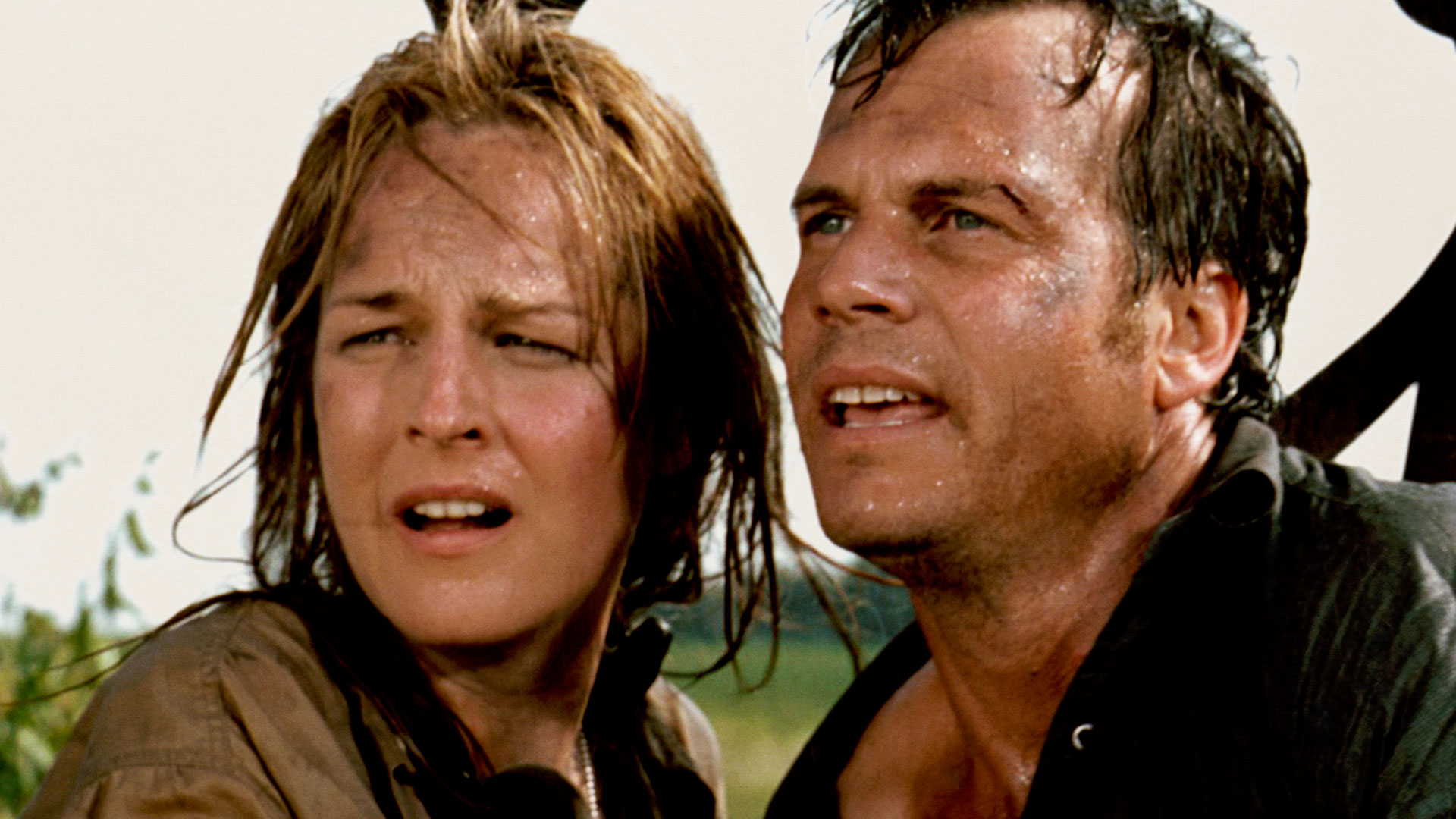
While the film portrays storm chasing with excitement, some aspects feel exaggerated for dramatic effect. For example, the deployment of the data-gathering instruments directly into a tornado seems reckless. This is further emphasized by a scene where the main characters Bill and Jo are able to drive through multiple intense tornadoes with minimal damage, despite seeing other portrayed structures and vehicles being demolished. The lack of debris or injuries to the protagonists is also unrealistic given the extreme tornado conditions depicted.
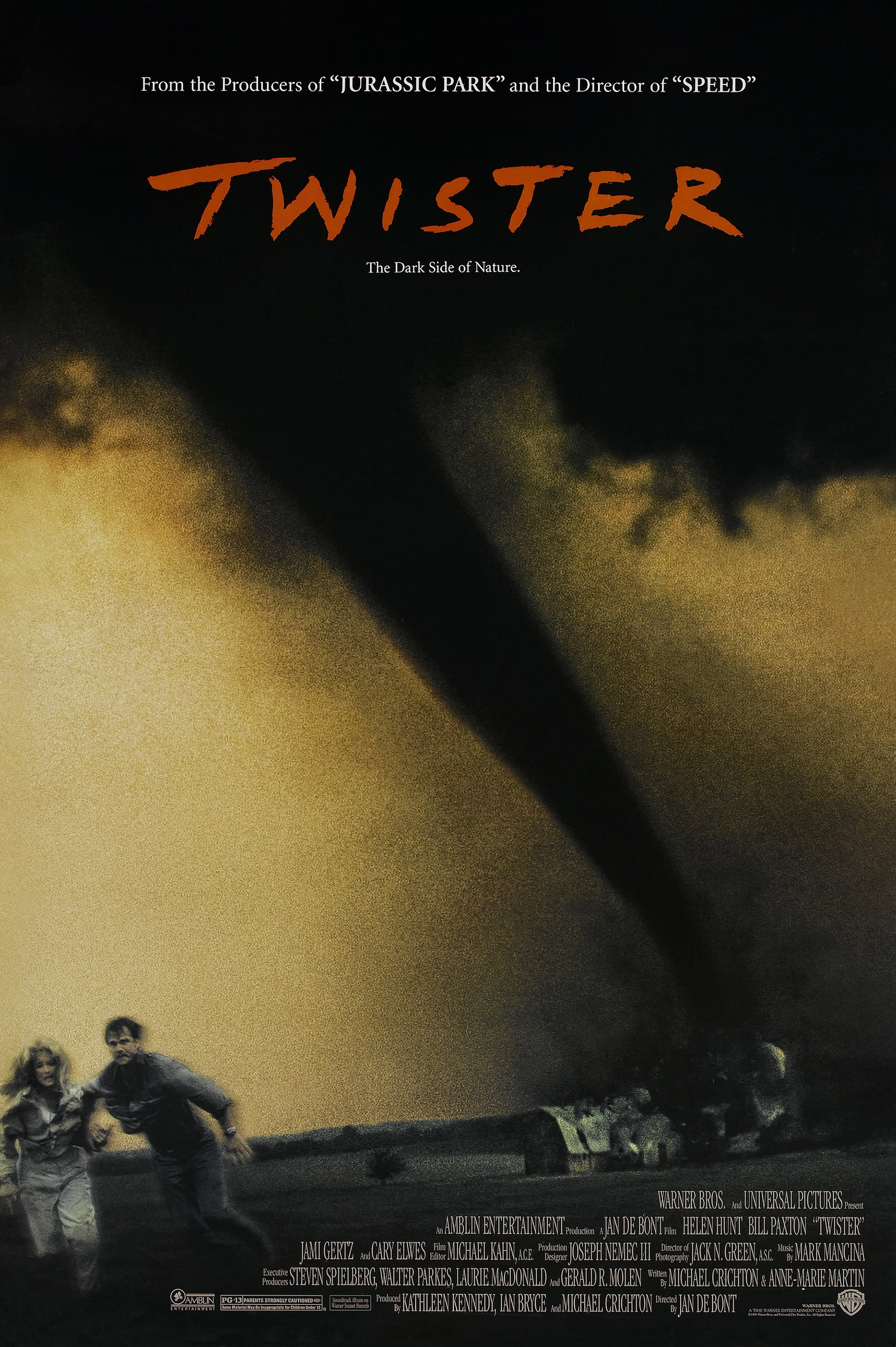
TWISTER premiered at AMC Penn Square 10 on 9 May 1996. It was theatrically released in the United States on 10 May.
The film was a major box office success, grossing over $495 million worldwide. It became the second-highest-grossing film of 1996, behind INDEPENDENCE DAY. It was the most successful Warner Bros. film release at the time, surpassing Batman, until Harry Potter and the Sorcerer’s Stone took its record in 2001.

TWISTER received a 4K Ultra HD Blu-ray release on 9 July 2024. This is the first time the film has been made available in 4K resolution, offering several notable improvements over previous home video versions.
These include 2160p HEVC/H.265 video with HDR10 high dynamic range, resulting in improved clarity, detail, and natural film grain. The audio has also been enhanced, with the 4K disc including a new Dolby Atmos surround sound mix, offering a superior listening experience compared to the theatrical version.
The 4K UHD release also includes a set of both new and previously released bonus content, such as a 15-minute interview with director Jan de Bont discussing the film’s new transfer, as well as legacy extras like “Chasing the Storm: Twister Revisited” and the Van Halen music video.





